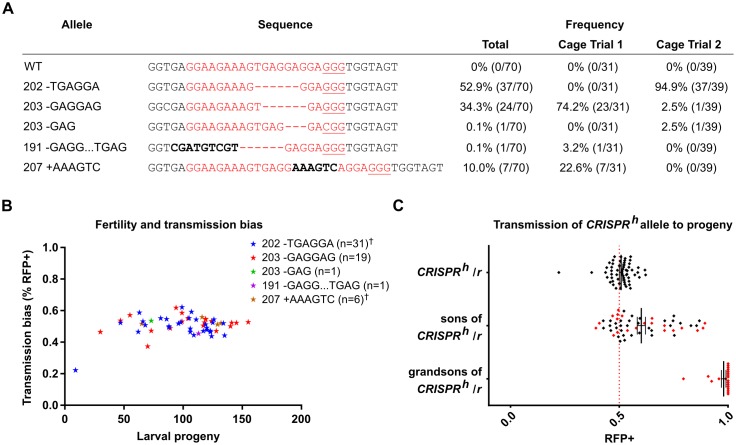Fig 3. Target site mutations under positive selection are resistant to gene drive activity and restore function to the target female fertility gene.
(A) Individual females containing at least one copy of the gene drive (RFP+) were selected from the G20 generation and the nature of the target allele was determined by PCR and sequencing. Each class of allele is shown with gene drive target sequence highlighted in red and PAM sequence underlined. (B) The fecundity of these females and transmission rates of the gene drive were measured and grouped according to allele class at the target site. (C) Each CRISPRh/r female was used to form a separate lineage and transmission of the gene drive was assessed in sons receiving a maternal copy of the gene drive. A smaller fraction of grandsons receiving a paternal copy of the gene drive were similarly assessed for gene drive transmission. Individual lineages assessed in all three generations are marked in red. † Of 58 mated females one (with deletion 207+AAAGTC) failed to produce eggs while another (202–TGAGGA) produced eggs that failed to hatch.

